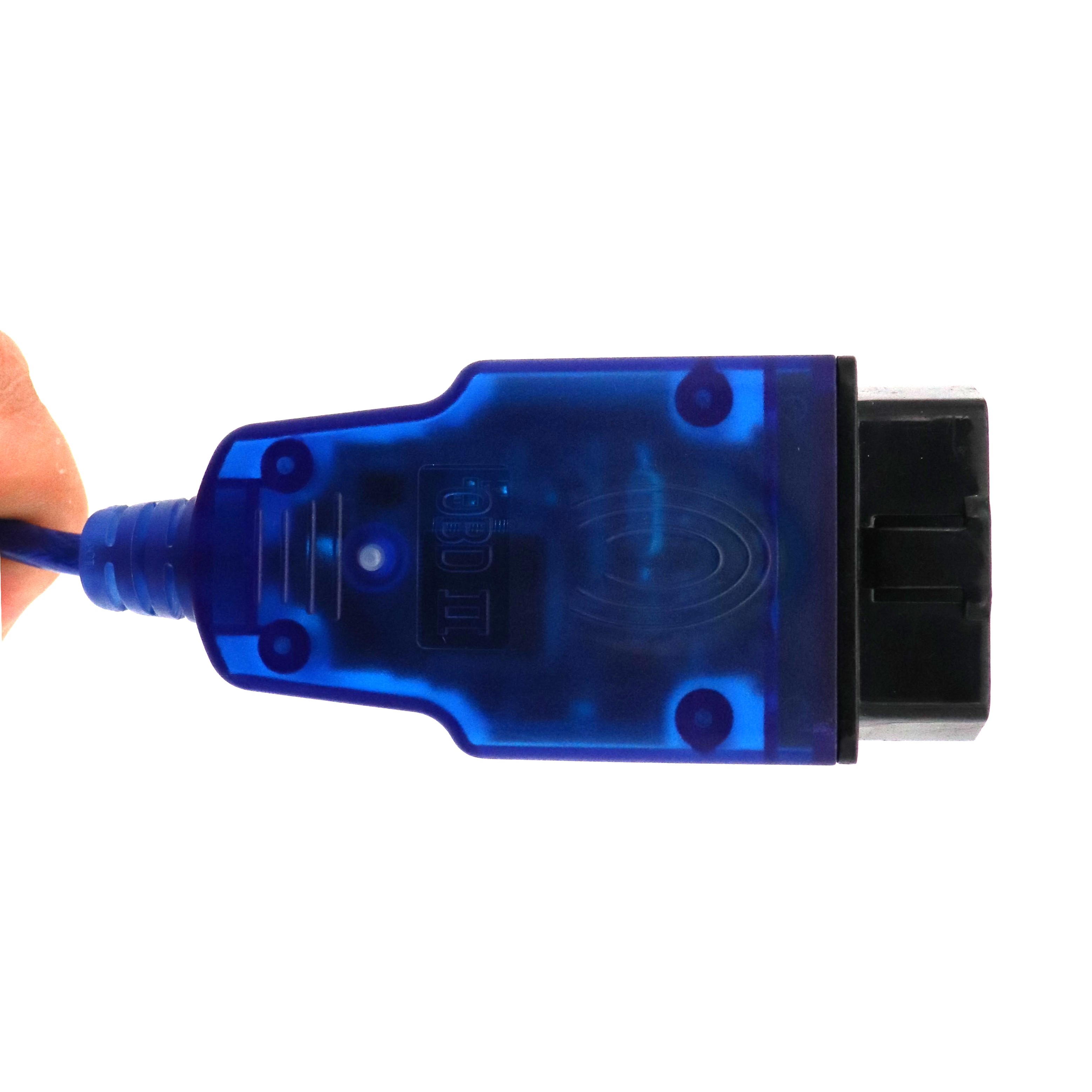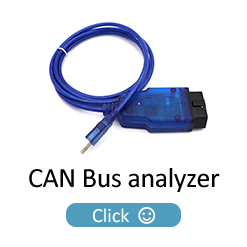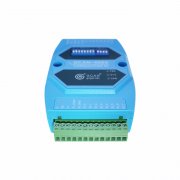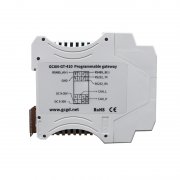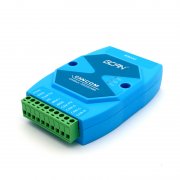Install USBCAN-OBD2 device description
Device installation: driver and software installation: Before the driver and software installation, please ensure that the account you are logged into Windows is a super administrator, or the user account has the relevant permissions to install the driver and software, otherwise the installation may fail. How to confirm Windows account permissions: Control Panel - User Account. Driver and software installation: Users can complete the installation and installation of the driver and software by directly installing the ECANTools software. To install the driver manually, go to the “Driver driver” folder on the CD and select the installation file (Driverup.exe/DriverSetup64.exe) corresponding to the system (32/64 bit) for manual installation. Driver and software uninstallation: Users can uninstall the installed device driver by running the above DriverSetup.exe/DriverSetup64.exe and clicking the "Uninstall" button. The ECANTools software can be uninstalled by the user via Add/Remove Programs. Connection with PC: USBCAN-OBD interface card has the characteristics of plug and play, so users can use the USB interface of PC to directly supply power to USBCAN-OBD interface card; if USB power supply is insufficient, external power supply mode is required (USBCAN only) -II Pro supports external power supply mode). CAN bus connection: The USBCAN-OBD interface card integrates one CAN channel, which is led out by one OBD II interface and can be used to connect devices of CAN-bus network or CAN-bus interface. In actual use, in most cases, only CAN_H needs to be connected to bus CAN_H, and CAN_L can be connected to bus CAN_L to realize communication. USB connection: The USBCAN-OBD interface card and the PC are directly connected to the USB interface of the PC through the USB cable of the device. The USB interface of the PC provides +5V power to the USBCAN-OBD interface card, and the bus direct power supply mode is adopted. After the driver and software are installed normally, insert the device into the USB interface of the PC, and the new USBCAN device can be found in the PC Device Manager. The driver name is “GC-Tech USBCAN Device”. If there is no yellow exclamation mark or question mark, the device driver is normal. , The USBCAN device is properly connected to the PC.
CAN connection: USBCAN-OBD is connected to CAN bus connection, connect CAN_H to CAN_H, CAN_L to CAN_L, or directly plug the plug into the car OBD interface to establish communication. The CAN-bus network adopts a linear topology. The two terminals farthest to the bus need to be equipped with a 120Ω termination resistor. If the number of nodes is greater than 2, the intermediate node does not need to be equipped with a 120Ω termination resistor. For branch connections, the length should not exceed 3 meters. CAN bus terminating resistor: In order to enhance the reliability of CAN communication and eliminate the reflection interference of CAN bus terminal signals, the two farthest endpoints of the CAN bus network usually have to be added with terminal matching resistors. System status indicator: The USBCAN-OBD interface card has a two-color indicator to indicate the operating status of the device. After the USBCAN-OBD interface card is powered on, the SYS light is on and red, indicating that the device is powered normally and in the initialization state. When the computer recognizes the USBCAN device, it will automatically load its driver. After the load is completed, the indicator will turn green. After the USB interface is connected normally, the SYS light will flash slowly after the software is turned on. When the USB bus has data transmission, the USB signal indicator SYS will flash rapidly. Car data analysis function: USBCAN-OBD equipment can use the car signal analysis function of ECANTools software. By using this device to access the car OBD interface, the actual value of the internal sensor of the car can be analyzed. The signal analysis function only supports the ISO15765 protocol for the domestic gasoline car. The speed, speed and water temperature can be displayed via the software dashboard. Through this interface, the user can visually see the specific values of the current real-time vehicle speed, speed and water temperature of the car, so that the user can check whether the value of the car dashboard is accurate. The USBCAN-OBD device can also read, analyze, and clear the vehicle's fault code. The vehicle sensor data specified in the ISO15765 protocol is analyzed: engine speed, coolant temperature, vehicle speed, voltage, intake manifold pressure, intake air temperature, Air flow rate, throttle position, oxygen sensor voltage, fuel pressure, etc. And the numerical changes of the above data can be saved in the computer in real time. This function can be used to visually see the specific values of the sensors inside the car and to diagnose the normal status of each sensor based on these data. Users can also intuitively compare the variation of certain sensor values with multiple sensor values.
